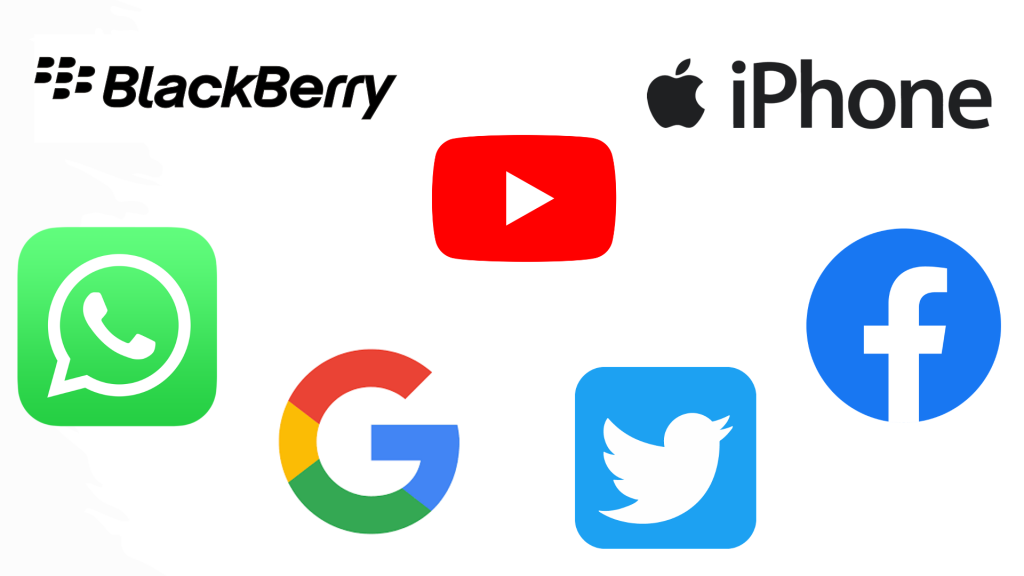As a child of the 1970 & 80ies I unknowingly witness a seismic change in marketing and media exposure as part of a digital revolution. Initially my peers and I only had one TV channel with adverts (ITV) before Channel 4 was launched in 1982 was followed by Channel 5 in 1997. With no computer, mobile, email or social media the exposure to products and brand advertising was pretty limited. Only the deep pocketed larger brands got the opportunity to reach people nationally (let alone internationally) through media such as TV, magazines, billboards and direct mail.
Then coming into the noughties the digital revolution arrived like a tsunami; with the launch of likes of:
- Google in 1998
- the Blackberry in 1999
- Facebook in 2004
- YouTube in 2005
- Twitter in 2006
- the iPhone in 2007
- WhatsApp in 2009, the list goes on….

Combine this with the fact that there are now 480 TV channels broadcast in the UK you can start to see how media growth has been so extraordinary. Explaining why analysists (from the likes of Nielsen) are reporting that person in the UK now sees between 5,000 and 10,000 marketing messages per day up from around 500 per day in 1970ies & 80ies.
Whether these figures are accurate or not there is no debate that a human’s exposure to media and marketing messages has increased by titanic proportions.
With the growth of all these media channels and exposure to brand messages, results in us now have to process and deal with this extreme volume of information in some way. So, we unwittingly find ourselves filtering out what appears important or interesting or relevant and deleting or ignoring everything else. Resulting in a fundamental shift in human behaviour which gives any marketeer an interesting challenge.
Historically the dominant marketing challenge was how to reach people and balancing that against the cost (ROI) – particularly if you wanted to grow their product nationally or internationally. In essence, the bigger the budget was the great reach a the bigger a brand/product could be.

The good news is reach can be extremely cost effective and the choice of media is vast. Resulting in the opportunity for brands/products being able to complete on a national / international stage without a six + figure media budget.
But now the big challenge is not only considering how I reach my target audience with such variety of media available but (arguably more importantly) how do I grab and hold their attention of my target customers.
What can we learn from the pioneers in this new digital media space (the likes of Google, Facebook etc) who have grown from Minos to Giants:
- Prioritise understanding your audience (profiling if you like)
- Present them with relevant / targeted information (grab and keep attention)
But be aware with access to scale comes huge opportunities to waisted time, energy and effort. Don’t get drawn into the trap of we have a FaceBook/TikTok/Instagram account what can we post on it. Here is a check list of five points that can help to avoid this:
- The 5 P’s – Proper Planning Prevents Poor Performance
- Who are my target audience (age, location, social demographic)
- What media or tools and I most likely to reach them on – the media channels
- How do I grab and hold their attention – the type of content and messaging
- Can I communicate with them with the minimum competition/distraction
These principals form the heart of all the digital media tools and content that we provide for our customers.
Hi smilevision.co.uk webmaster, Thanks for the well-organized and comprehensive post!
Fantastic website. Plenty of helpful info here.
I’m sending it to several pals ans additionally sharing
in delicious. And of course, thanks to your effort!